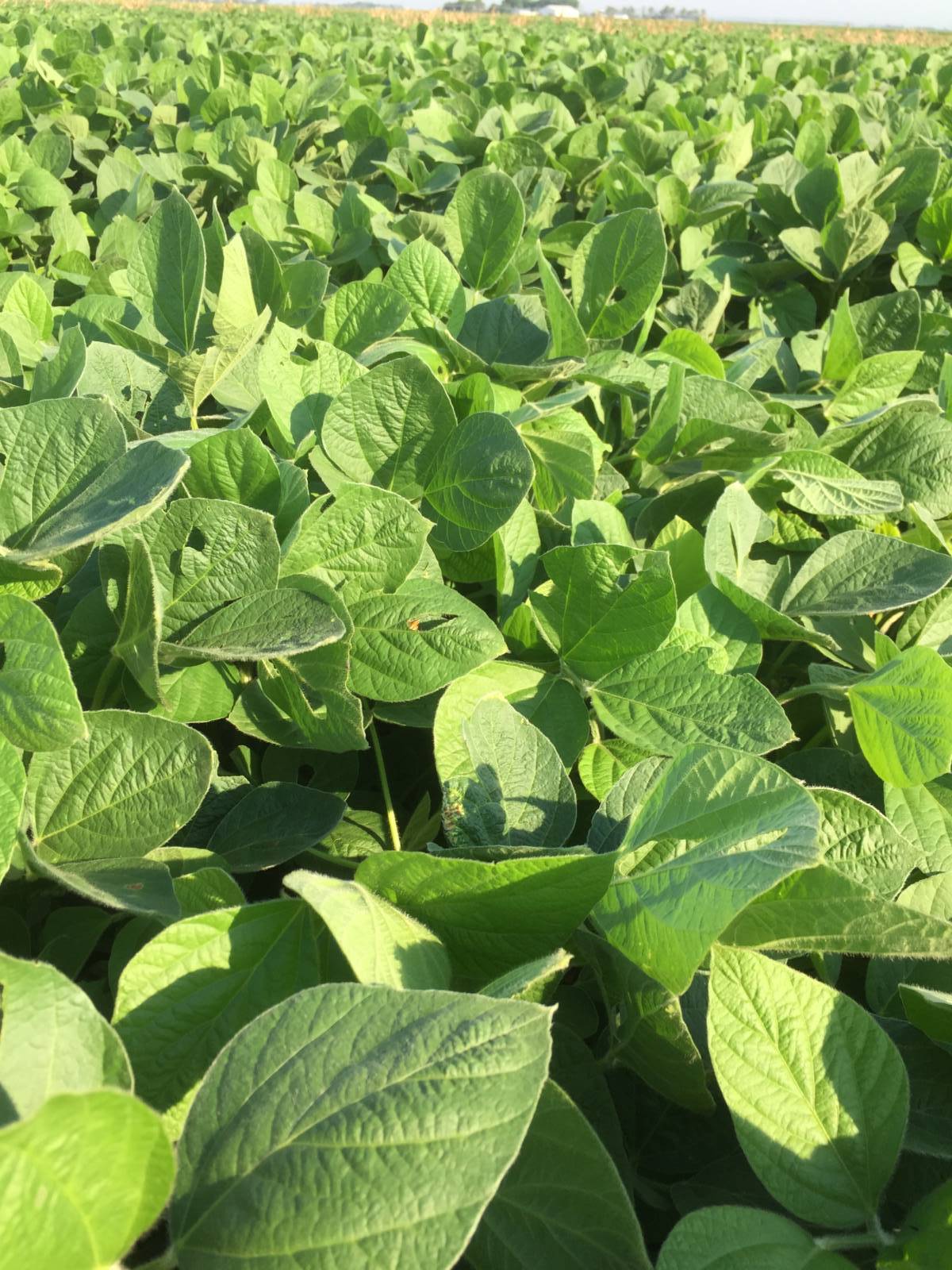Conservation and sustainable farming practices are practically as old as U.S. agriculture itself. Sustainability is, by its very definition, integral to the farmers who care for the land in hopes of handing it down to the next generation. Day after day, year after year, U.S. soybean farmers evaluate farming production practices to find those that work best for their specific farming operations.
From protecting the land to enriching the soil, farmers across the U.S. soybean belt use sustainable farming practices like these:
Reduced Tillage: More than 70 percent of all soybean hectares are on land with conservation tillage practices, including no-till. Some farmers haven’t tilled their land since the mid-1990s! Many use cover crops like turnips that are left to decay in the field, keeping vital nutrients locked – and carbon – in the soil below, making it richer for next soybean planting season.
Crop Rotation: 94 percent of soybean hectares in the U.S. are continuously rotated. Soy is primarily alternated with corn and wheat, and sometimes with cotton in the southern U.S. Sometimes, just before winter, wheat is also being sowed in land used for soybean production. This enables farmers to “double crop” in one year. Crop rotation contributes to biodiversity and to healthy soil with sufficient nutrient levels.
Water Management: 94 percent of U.S. farmland is non-irrigated. U.S. soybean farmers support the creation of water sheds and other water conservation efforts to ensure effective and equitable allocation and proper management of water resources.
Conservation: An estimated 10 percent of U.S. farmland is left out of production to protect sensitive areas. This Conservation Reserve Program (CRP) land includes buffers, field-edge filter strips, grassed waterways and land designed for wetland restoration.
These are just a few of the many production practices that help U.S. soybean farmers produce sustainable soy, now and for the future.
Sources: Field to Market and SoyStats
